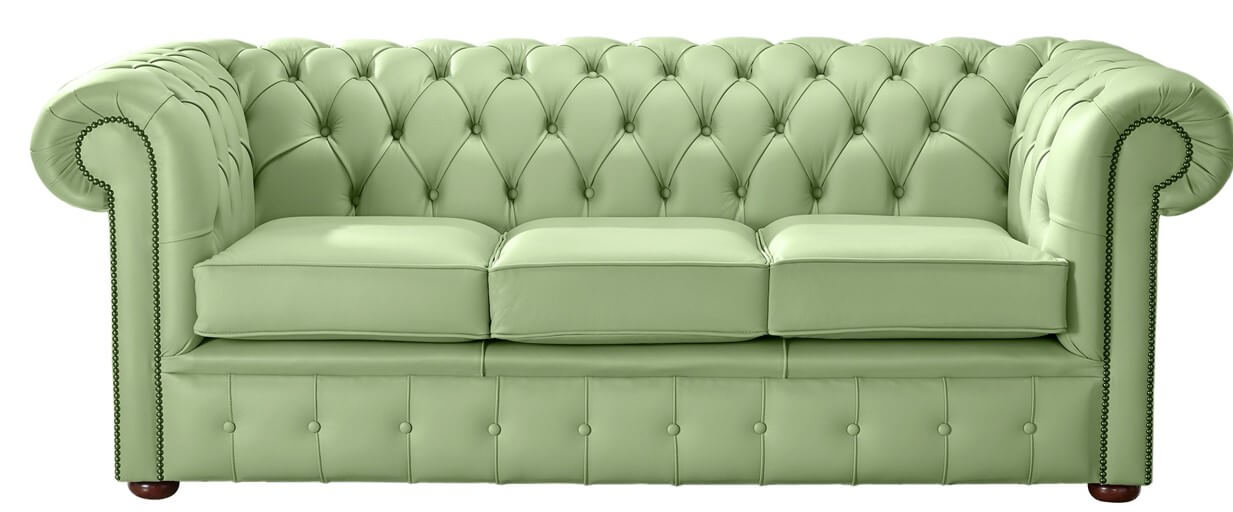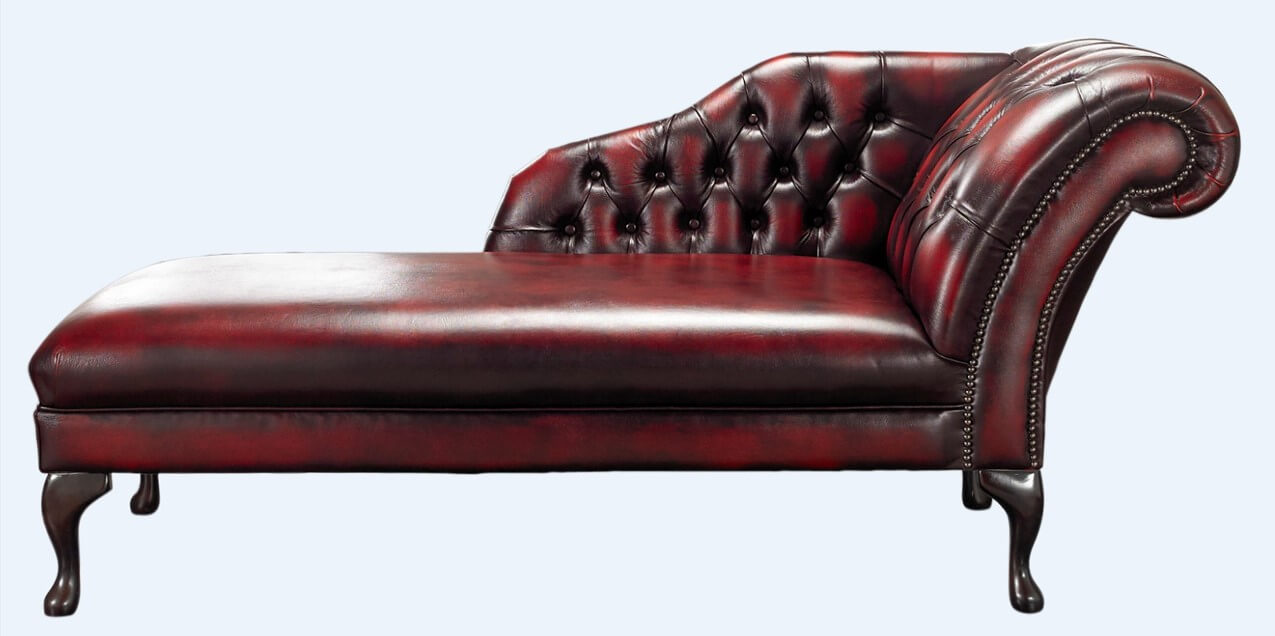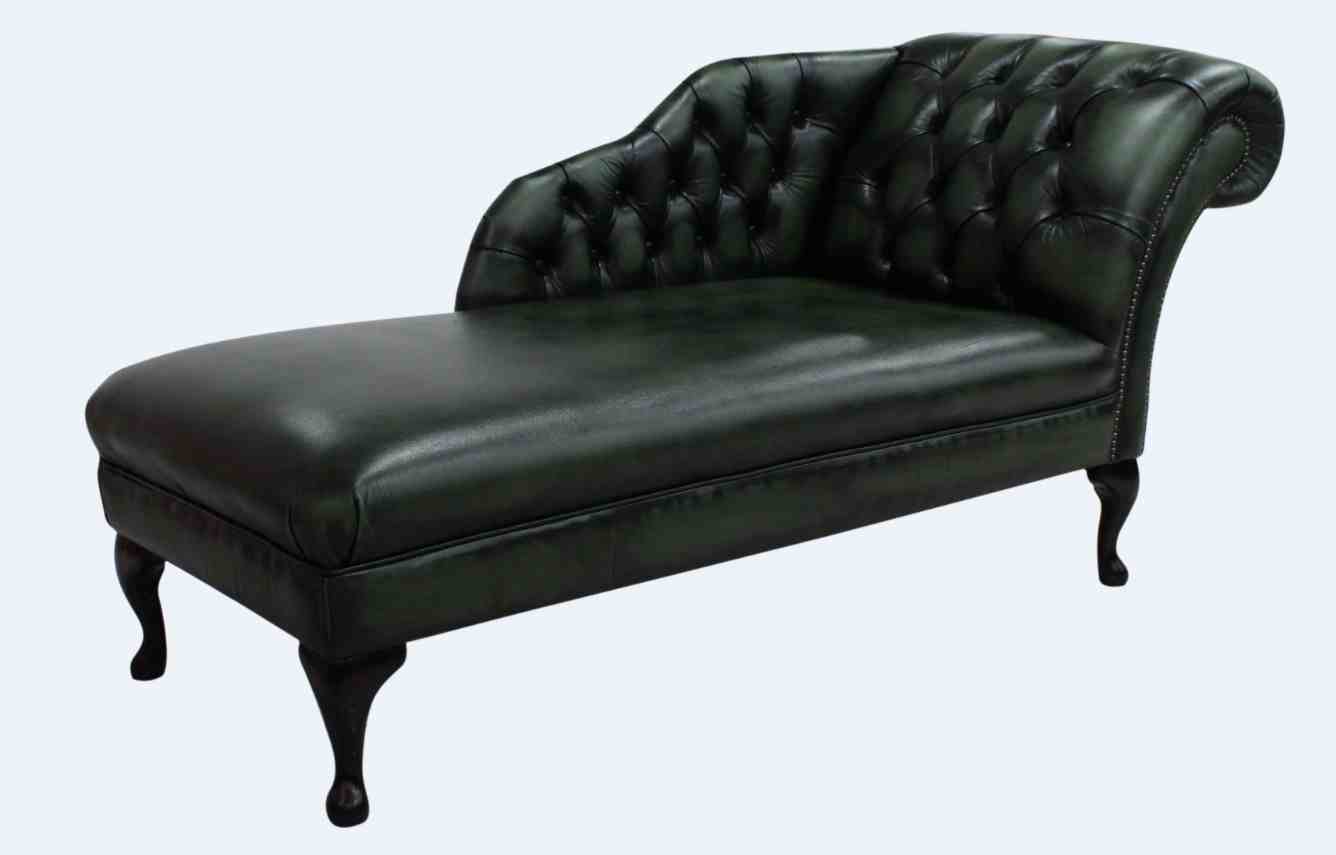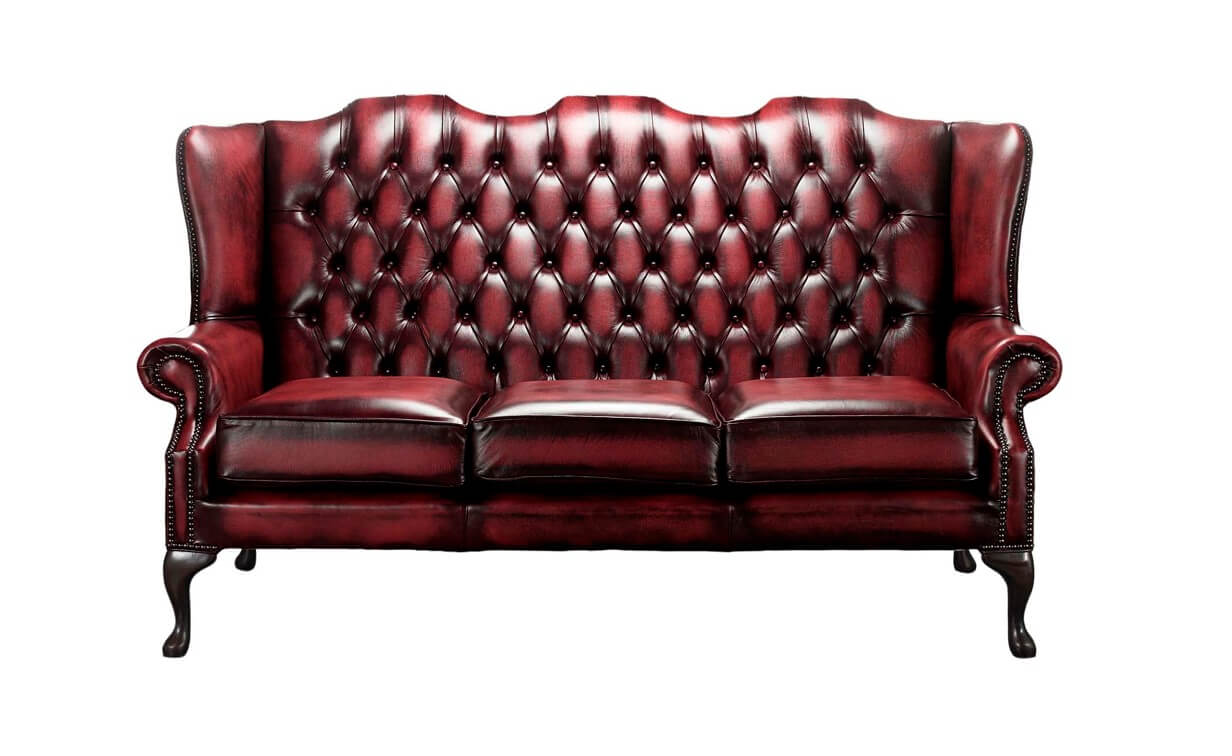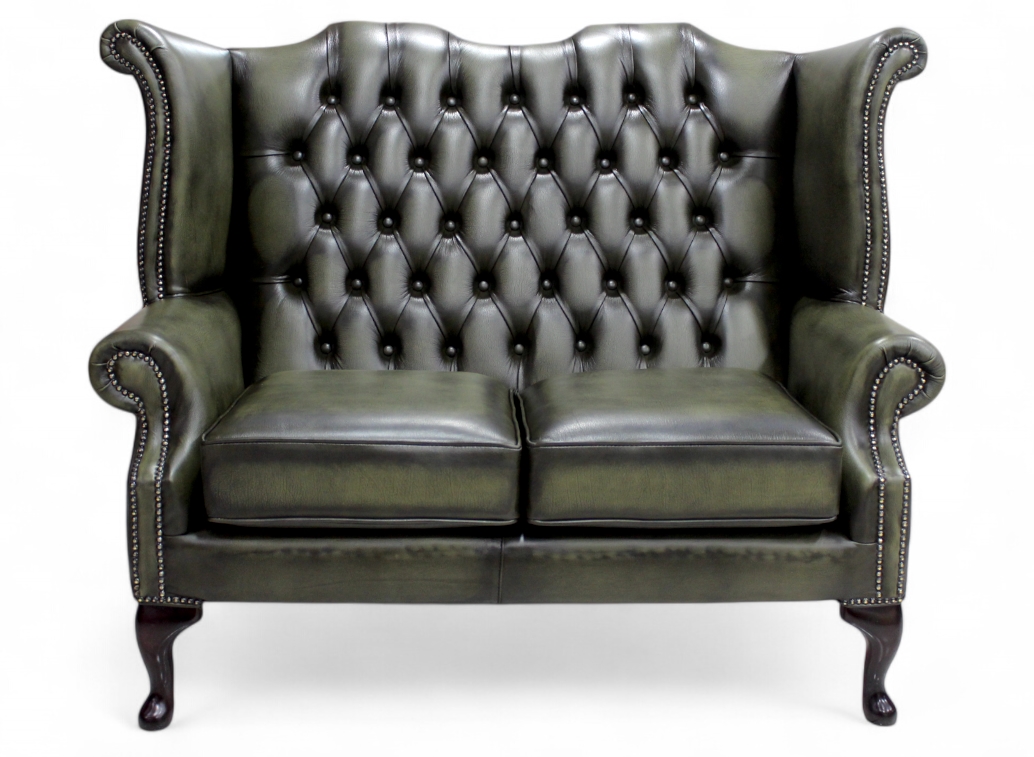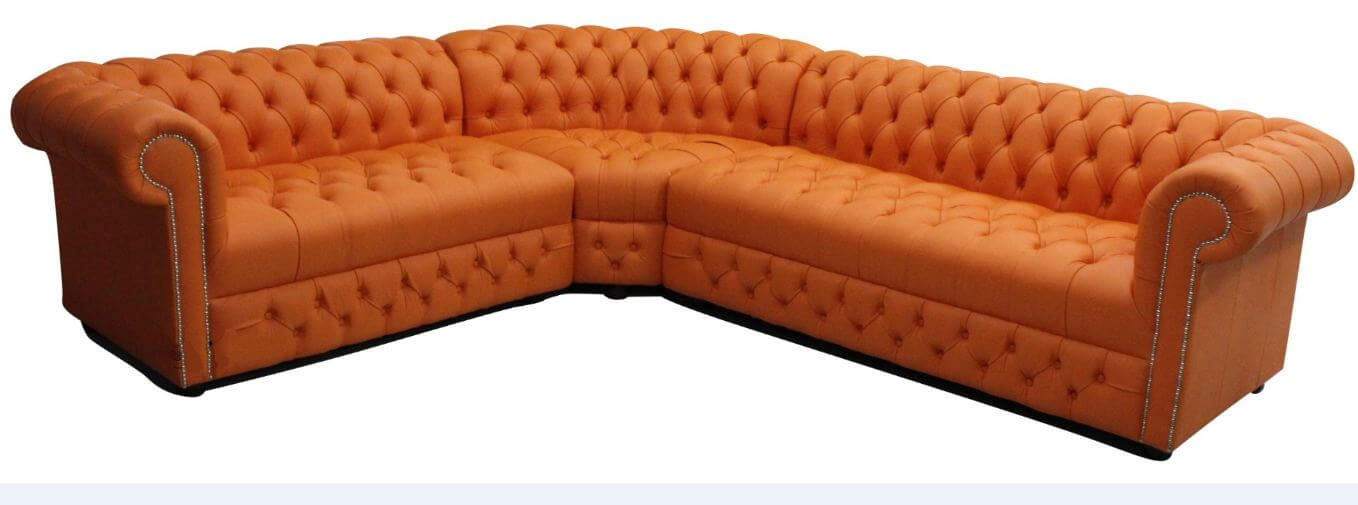A couch, also known as a sofa, settee, or chesterfield sofa, or davenport, is a cushioned item of furniture for seating multiple people (although it is not uncommon for a single person to use a couch alone). It is commonly found in the form of a bench with upholstered armrests and is often fitted with springs and tailored cushion and pillows.[1][2] Although a couch is used primarily for seating, it may be used for sleeping.[3] In homes, couches are normally put in the family room, living room, den, or lounge. They are sometimes also found in non-residential settings such as hotels, lobbies of commercial offices, waiting rooms, and bars. Couches can also vary in size, color, and design.
Everything You Need To Know About The Classic Chesterfield Sofa
Chesterfield sofas are like the riding boots of the furniture world—they’ve got British roots, most famously come in rich brown leather, have been around for centuries yet continue to be relevant in both style and function, and are an object of the modern era’s fascination and as such have been reinvented multiple times in the past few decades.
The Chesterfield sofa is a distinctly recognizable furniture design—its high arms, and tufted leather upholstery the most notable features—that has been around for nearly 300 years. It’s spent most of its lifetime within the wood-paneled walls of English gentlemen’s clubs, aristocratic homes, and tony businesses (Queen Victoria and Sigmund Freud were both fans), but the Chesterfield has become a more widely sought after piece of furniture, being adapted for more modern spaces in the last few decades.
What Exactly Is A Chesterfield Sofa?
The Chesterfield sofa is one of the most popular and well-known sofa designs. In fact, in Canada (receiver of many British exports), the term chesterfield sofa came to mean a sofa of any design. But when you’re talking about the original, here’s what that means: Simply put, a Chesterfield sofa is a large couch with rolled arms that are the same height as the back. A quintessential Chesterfield is upholstered in a dark leather, with deep button tufting all over and nailhead trim. More modern takes on the sofa typically lighten up the hefty original with velvet or other cloth upholstery, taller legs, and a slimmer back and arms.
So Where Did The Chesterfield Sofa Come From?
Though it’s not officially documented, furniture lore has it that in the mid-1700s Lord Philip Stanhope, fourth Earl of Chesterfield, commissioned a piece of furniture that became the ancestor of Chesterfields as we know them today. Lord Stanhope was an admired writer and politician, and apparently a known trendsetter of his time. As any proper gentleman would want, he requested a piece of furniture that would allow him to sit upright without wrinkling his suit.
The legend continues that on his deathbed, Lord Stanhope told his butler to “give Mr. Dayrolles a chair,” probably asking him to find a seat for his godson. But the butler wasn’t sure exactly what his deceased boss meant, so he literally gave the prototype to Mr. Dayrolles, who then showed off the design to his many houseguests, thus proliferating the trend.
It’s important to note that this early 18th century Chesterfield sofa was likely very different from the ones we know today. The sofa design became quite popular during Queen Victoria’s reign (she even had her own plaid-covered versions in one of her castle’s drawing rooms), when furniture as a whole began to be made with a priority of comfort over function.

